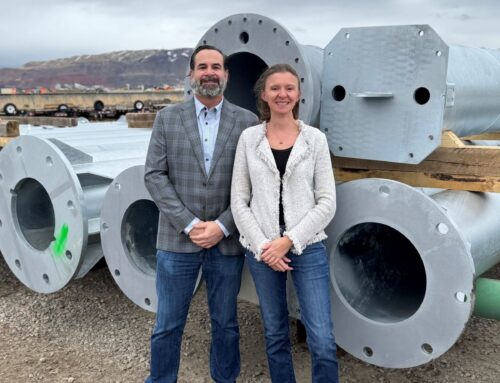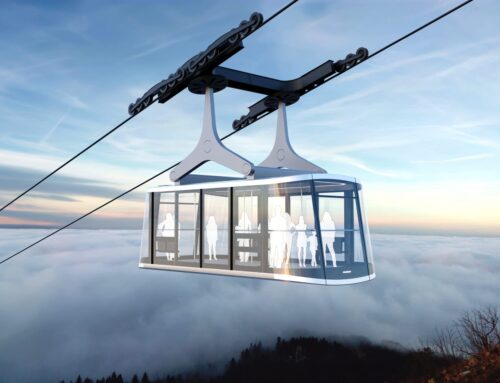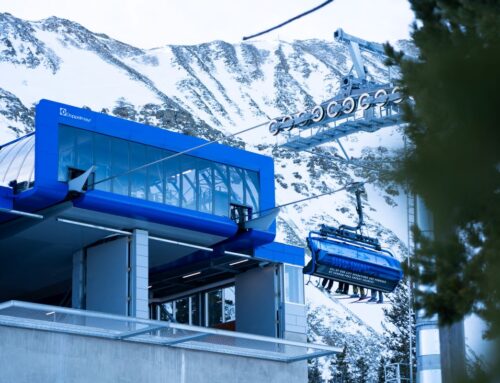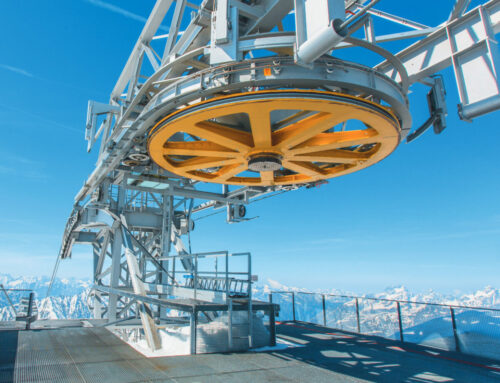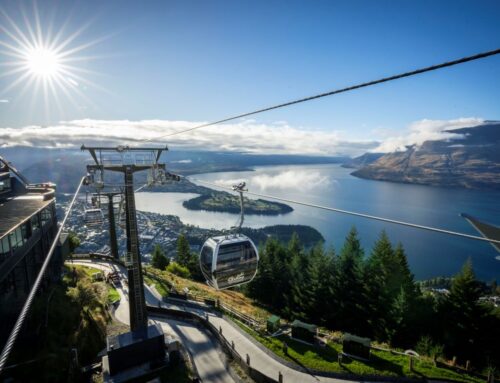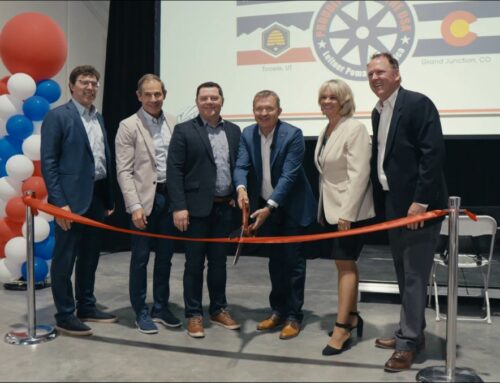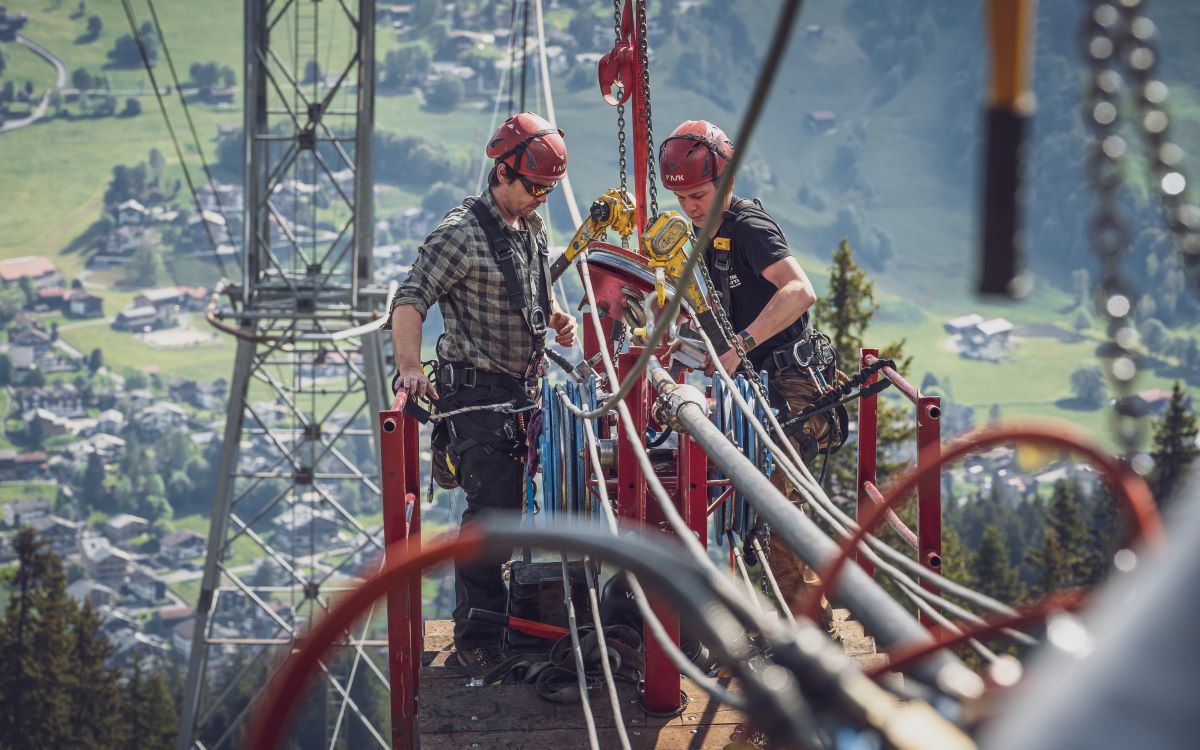
Cableway & Technology, SI World 2/2023
When routine becomes a special case
The Gotschna is one of the local mountains of the Swiss destination Davos-Klosters. The Gotschna cable car has been running up the Gotschna ridge in two sections since 1950.
From the valley station to the middle station the gondola holds 125 people, from the middle to the top station 100 people. The aerial tramway is regularly maintained by INAUEN-SCHÄTTI.
The Swiss specialist company has been authorized to carry out all rope work in the ski area for years. And so it was nothing special when, in mid-January 2023, the order arrived to replace the tensioning ropes in the first section, to move all the ropes, and to dismantle the cabin including the running gear and reinstall it after the overhaul.
Suspension rope damage: no operation
“During the daily routine check, however, we detected serious damage to one of the four suspension cables at the beginning of March. We immediately shut down the ropeway – in the middle of the current winter season shortly before Easter,“ reports Gotschnabahn Technical Manager Andrea Margadant Tschibi.
Immediately, the mechanics from INAUEN-SCHÄTTI, the representatives of the rope supplier FATZER and experts from the ropeway manufacturer GARAVENTA rushed over to inspect the damage.
It quickly became clear that although there was no danger to the guests and employees, it would take several months to produce and install a new railway-specific suspension rope. “Flexibility was now required from everyone,“ says Reto Degen, installation manager at INAUEN-SCHÄTTI. The goal: The ropeway should be running again in time for the summer season (1st of July)
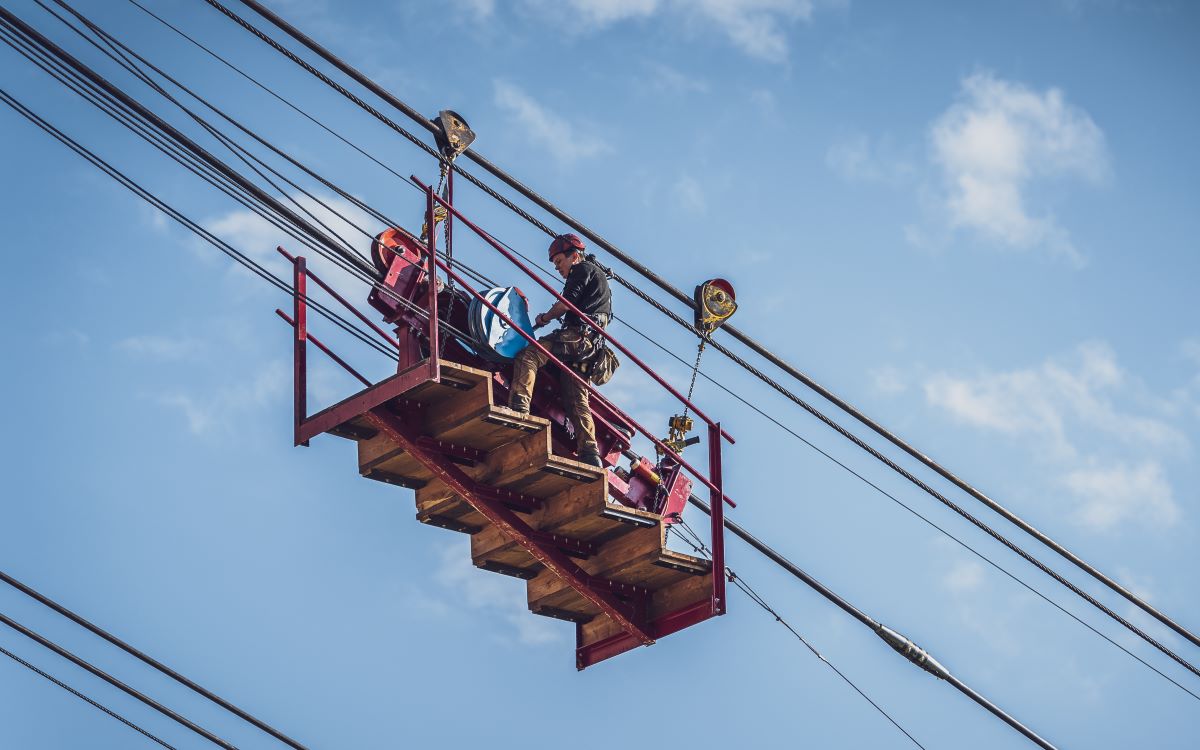
Flexible and quick response To ensure that this was successful, INAUEN-SCHÄTTI brought forward all other work at short notice.
“Since the damage closed the ropeway three weeks earlier than planned, we immediately started to push the three remaining suspension ropes, replace the tensioning ropes and dismantle the running gear,“ says Degen. Only then did the “new suspension rope“ project follow.
Heavy suspension rope – heavy work
44 tons in weight and 2,180 meters in length: these are the dimensions of the new suspension rope on which the cabin rides. “First we had to securely fasten the
bobbin with the supplied rope at the bottom station in Klosters.
Then we could start the rope pull, which itself only takes three days,“ says Tschibi, describing the process. For this, the old rope was connected to the new rope with a socalled king sleeve and now pulled the latter upwards.
To prevent the heavy strand to the mountain from touching the ground, it was attached to the second suspension rope (suspension rope B) at regular intervals with auxiliary sheaves.
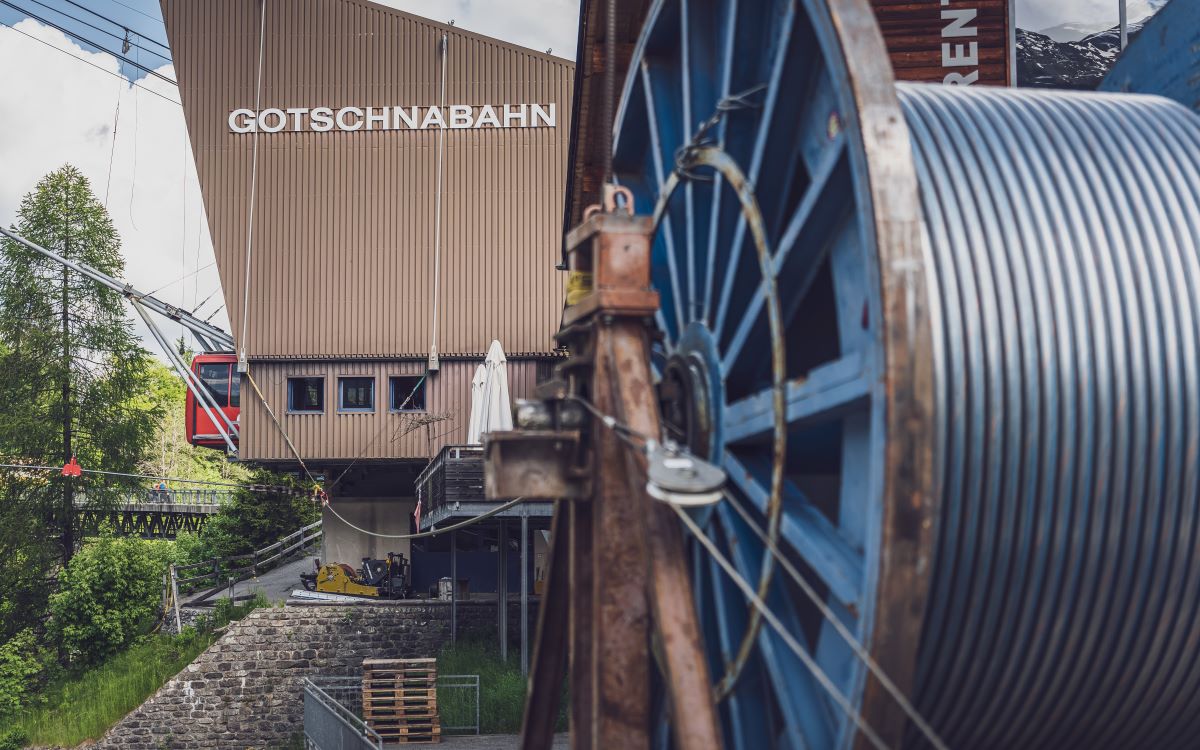
The rope is “milked“
Piece by piece, five fitters from INAUENSCHÄTTI pulled the new rope onto the Gotschna-ground. They were assisted by the employees of Davos Klosters
Mountains. Pulling up the rope piece by piece is also called “milking“.
The socalled “milking machine“ is a trolley 55 meters above the ground. With it, the fitters drove up to the support, fastened the rope there with a clamp and pulled it up a bit.
The work took a lot of time because the heavy rope could not be released at any time. The steel rope weighs 18.1 kilograms per meter.
The trolley drove back and forth a full 28 times over the course of a day until the rope reached the mountain station – around 500 meters in altitude from the valley.
Reserve rope & tension weight
However, the work was not yet finished. The new rope was pulled over a large pulley at the top station, the so-called Poller, and fixed there. For this last pull, the fitters used a 90-ton pulley block. There are now 200 meters of reserve rope on the pulley. This reserve is needed every twelve years, when the rope is moved 20 meters downhill.
This allows more heavily loaded areas to be checked and relieved when the supports are saddled. Finally, the rope was tensioned. For this purpose, INAUEN-SCHÄTTI attached a tensioning weight of 170 tons to the lower ends of the two suspension ropes with a connecting piece.
Depending on the tension of the two ropes, this tensioning weight made of concrete hangs slightly higher or lower. After that, the second cabin of the aerial tramway was hooked in and an external safety check was carried out.
The old rope, on the other hand, was wound up into rolls behind the top station after 36 years and cut off with a flame cutter. The portioned rolls of three tons were transported on a truck over the bumpy terrain back to the valley, where it was disposed of. And so the Gotschna cable car was able to go into operation in time for the summer season.
The team was on the road with the milking machine (above) to install the new suspension rope for the Gotschna cable car. © Davos Klosters Mountains
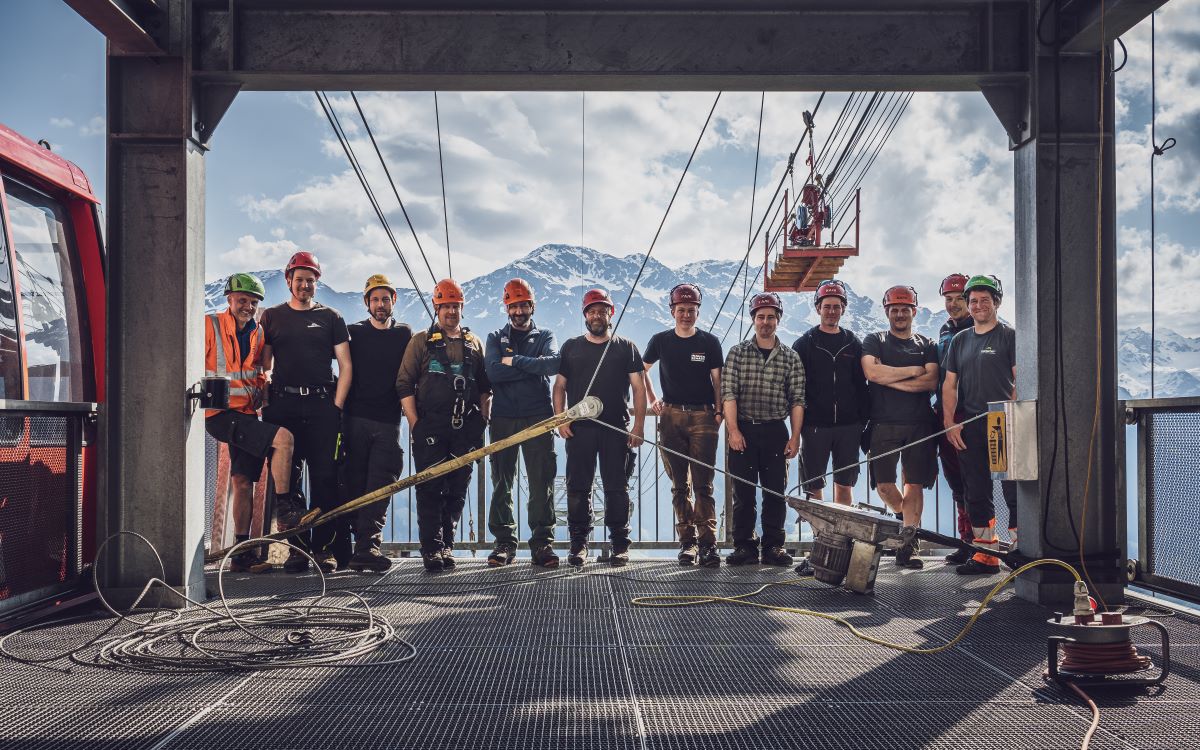
Time frame adhered to
“We meet deadlines and do a good job – even when orders come as a surprise and we have to react very flexibly and at short notice,“ Reto Degen from INAUEN-SCHÄTTI therefore sums up.
An assessment that is shared by the Davos Klosters ski resort: The rope changes for the second section of the Gotschna lift are already planned for 2024.
